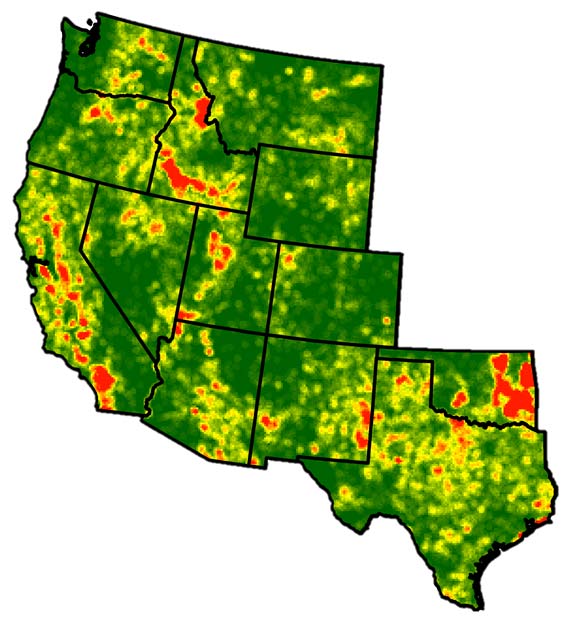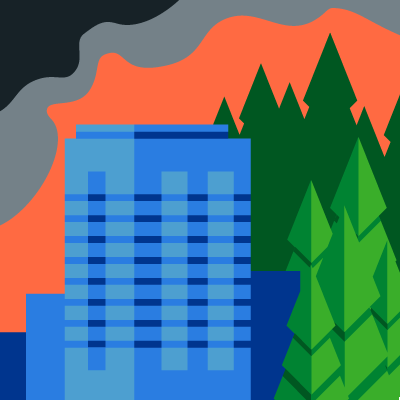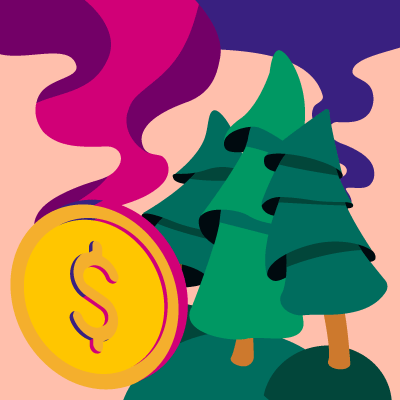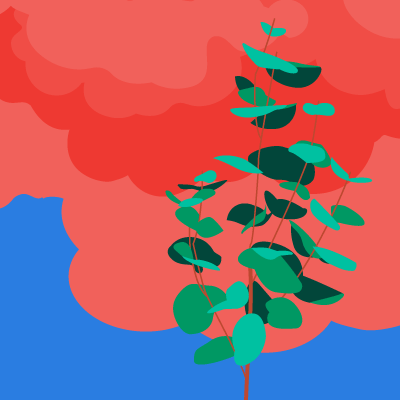Wildfires have been thrust into the spotlight after a particularly destructive season. Regulators, researchers, and (re)insurers alike seek a common goal of risk mitigation.
Many blame climate change for increased fire severity. As we explored in a previous wildfire data blog post, changes to our climate lead to stronger seasonal extremes, such as wet growing seasons and hotter, drier summers. Without question, inter-seasonal patterns in precipitation and drought affect burnable fuels and, combined with record-setting temperatures, allow a fire to spread with greater ease.

Of course, with high temperatures, dry air, and ample burnable fuels, all that's needed to start a fire is a spark—for the most part, climate change can’t do that. Humans are responsible for starting a majority of ignitions—an average of 84% of them across the U.S., and a staggering 95% in Southern California.1
Types of Ignitions
Here are some of the most common wildfire ignition types, both human and natural:
Direct Human Causes: Arson, debris burns, campfires, and cigarettes
Indirect Human Causes: Power lines and equipment sparks
Natural Causes: Lightning, lava, and—rarely—falling rocks
Among natural sources, lightning gets top billing: More than 10,000 lightning-caused fires are reported annually.2 These are common in the Northwest, Southwest, and Southeast, as there is an abundance of fuel and lightning strikes occur when conditions are conducive to wildfire spread. With respect to annual burn acreage in the U.S., lightning is responsible for about half, as these fires often occur in remote areas and are frequently permitted to burn naturally as part of fire management strategies.
The Human Impact on Wildfire Risk in the WUI
Humans are responsible for most of the other half of annual acres burned. We have extended the length of the wildfire season to year-round in many regions (whereas lightning strikes mostly occur in the summer), allowing fires to occur in months in which they were previously unlikely to. Each year Fourth of July holiday celebrations are responsible for many accidental fire ignitions, but 76% of human-caused fires occur during the spring, fall, and winter.
Human activity can also change the distribution of fire ignitions. While lightning-caused wildfires tend to follow natural patterns and long-term climatic conditions, human-caused ignitions follow road networks, especially near the wildland-urban interface (WUI), the high-risk area where human development meets wildlands. Approximately one-third of homes are in the WUI, with 4,000 acres per day converting from wildland to WUI through residential development.3 The expansion of the WUI not only increases the number of structures in danger, but also the number of possible human-caused ignitions, which makes the understanding of fire behavior in the WUI a critical piece of evaluating risk.
Mitigating the Human Impact on Wildfire Risk
Humans can also alter wildfire behavior—for better or worse—by managing the burnable fuels within their communities and on their properties. Understanding the importance of community-driven fire mitigation plans, the National Fire Protection Association (NFPA)’s Firewise USA program incentivizes communities to clear burnable fuels from around their homes, as the wildfire risk to property depends not only on homeowners’ actions but on their neighbors’ as well. The concept of fuels management is paramount for homeowners. Fire will seriously damage any structures it reaches, and in the majority of cases, will destroy them.
For the (re)insurance community, a robust physically based stochastic model that considers ignition sources, burnable fuels, and wildfire spread empowers a comprehensive understanding of this peril. Over the coming months and at our annual Envision conference in April, AIR will share details of our new Wildfire Model for the United States, covering 13 states and scheduled for release later this year.
Read more about the record 2017 California wildfire season
1Wildfire Ignition Trends: Humans Versus Lightning
2 Lightning-caused Fires and Acres Burned
3 WUI Facts



